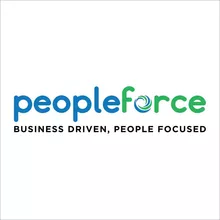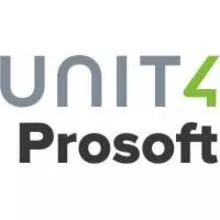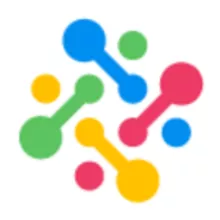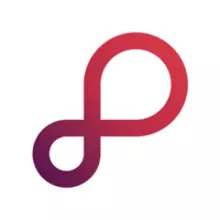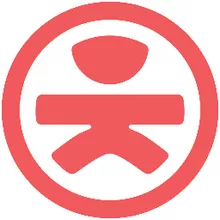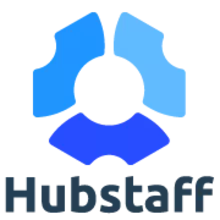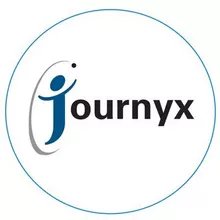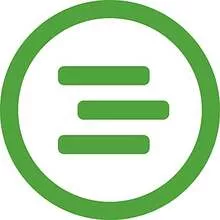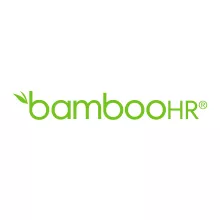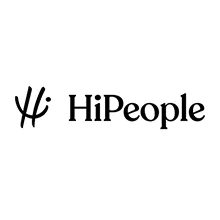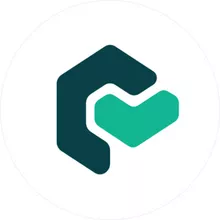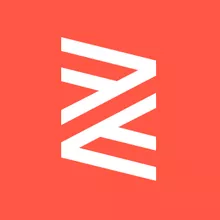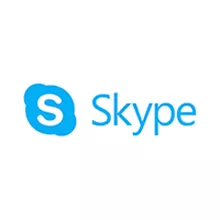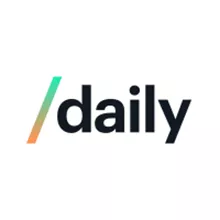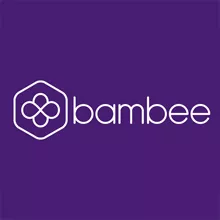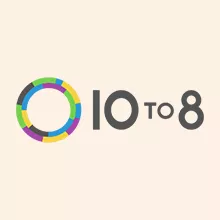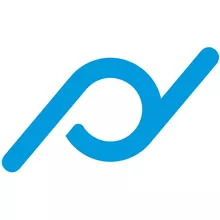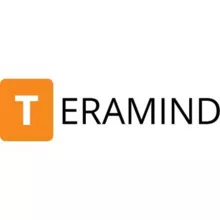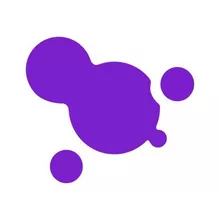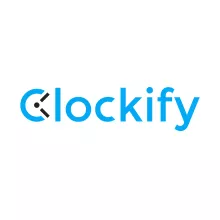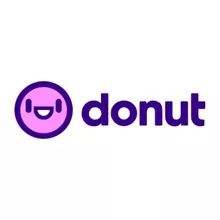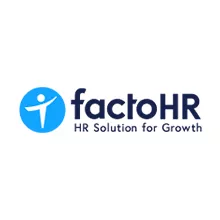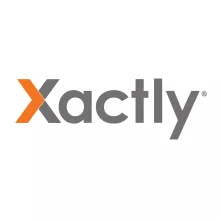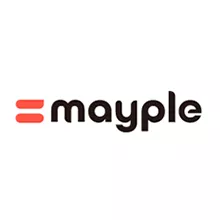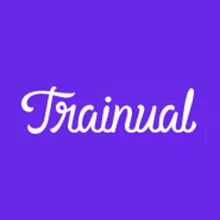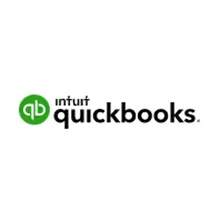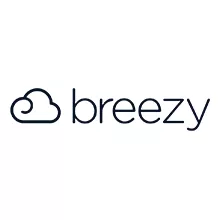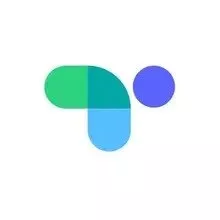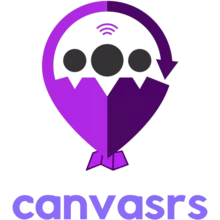Employee engagement and motivation platform
Workforce Management Software: What is it?
Any digital solution meant to support a workforce's day-to-day activities is workforce management software. Many essential human resource management functions, including timesheets, labor management forecasting, performance management, absence management, task management, and payroll software, will undoubtedly be included.
Some WMS may be a jack-of-all-trades, covering all of those mentioned above to differing degrees. Others may specialize in only a few professional services, or maybe just one of them.
Workforce Management Software's Key Advantages
- Optimizing personnel scheduling might help you save money.
- Boost operational efficiency.
- Reduce the likelihood of financial and non-compliance issues.
- Reduce attrition and improve staff morale.
- Automate non-essential labor tasks.
- Organize skill utilization around tasks that add value.
Who uses Workforce Management Software?
Though any company can use workforce management software, it is most commonly employed by companies with substantial hourly and part-time workforces, such as those in retail, manufacturing, hospitality, and health care.
In some industries, such as retail or hospitality, small enterprises cope with a higher number of high turnover rates and part-time employees. Workforce management software makes it simple to keep track of your personnel. The necessity to manage time and work activities for highly trained and diversified workforces has grown in various industries, particularly as the number of remote and contract employees has increased.
Workforce management software is ideal for firms of all sizes that want to reduce management's workload while increasing scheduling transparency for the entire staff.
Here is the list of the best Workforce Management Software.
Workforce Management Software Features
Some of the most popular features of workforce management software are as follows:
- Employee database: Keep employee contact information, payscale, hire date, and work status structured, consistent, and standard across all records in an electronic employee database.
- Employee scheduling: Assign shifts based on expected workloads and resources required to finish tasks. Use automatic scheduling to handle fluctuating workloads and build schedules depending on business demands, staff availability, and required qualifications.
- Labor forecasting: Predict future labor needs based on historical and current data, trends, and organizational objectives.
- Management of time and attendance: To increase payroll accuracy and identify factors that lead to understaffing or overstaffing, track and manage employee work hours.
- Reporting/analytics: Create and share detailed data visualizations to uncover areas for improvement, cost-cutting strategies, and other crucial insights that will help you enhance your workforce management processes.
- Compliance tracking: Observe business operations to ensure adherence to labor laws and industry standards. Keep track of crucial details, including training requirements, collective bargaining agreements, required certifications, labor regulations, missed breaks, and family or sick leave requirements.
To know more about Workforce Management Software you can read this article.


